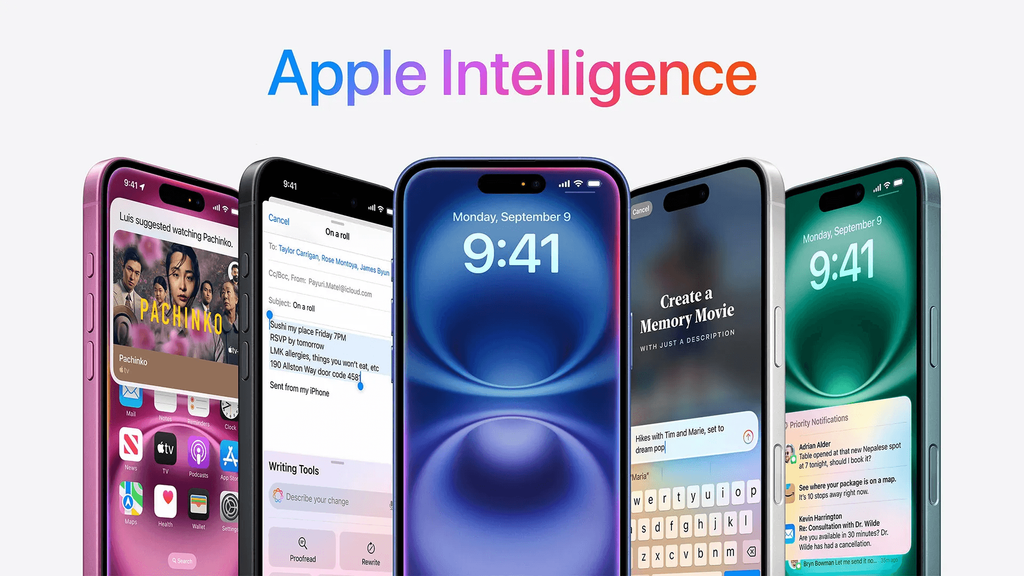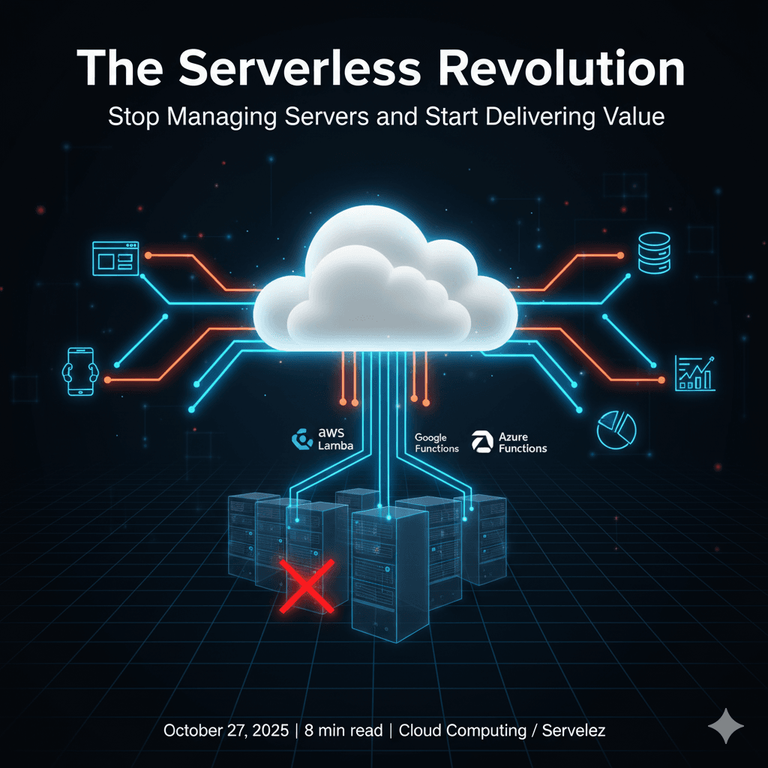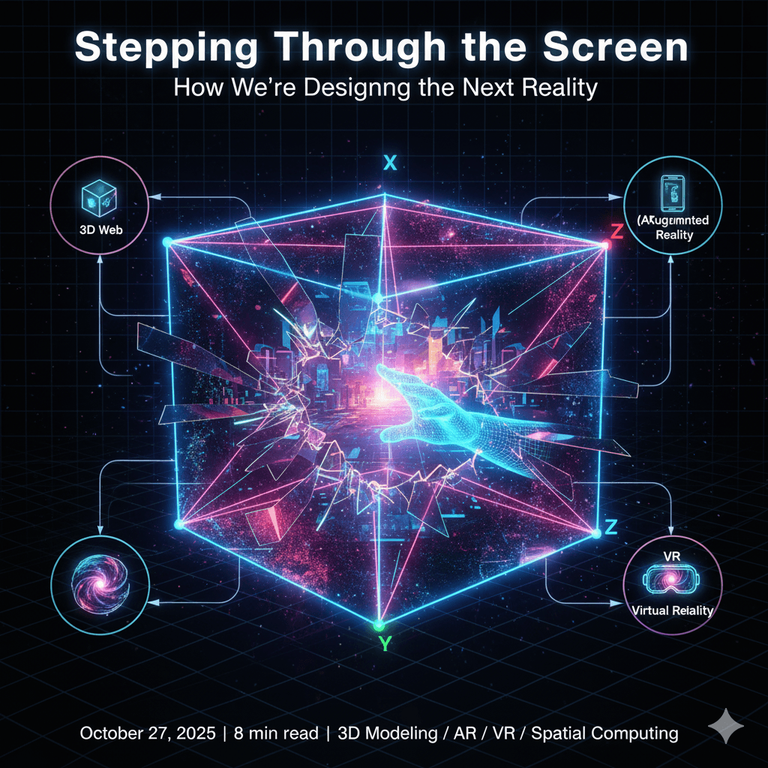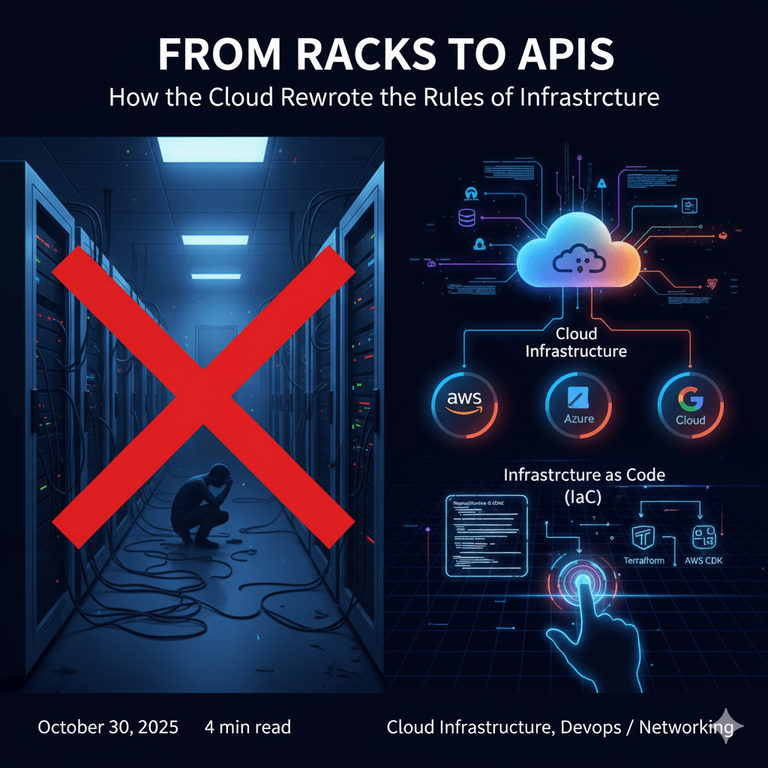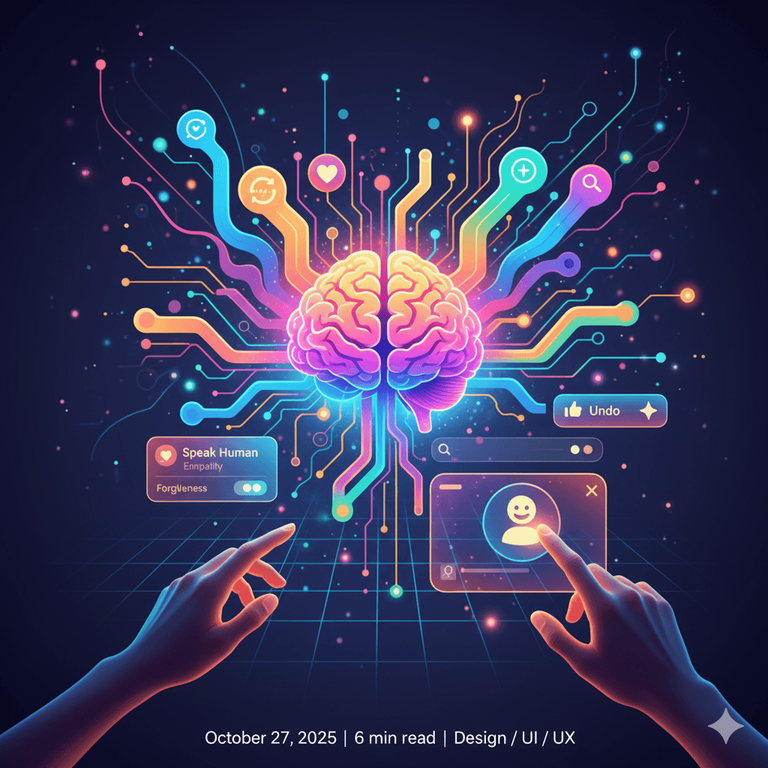From Hallucinations to Harmony: How RAG is Building Smarter, Trustworthy AI
Large Language Models are powerful but flawed. Discover how Retrieval-Augmented Generation (RAG) connects them to your private data to create truly intelligent applications.

Artificial Intelligence (AI) and Machine Learning (ML) have moved from the lab to the mainstream. Powered by Large Language Models (LLMs) like those behind ChatGPT (OpenAI), AI can now write code, draft emails, and answer complex questions with stunning fluency.
But for all their power, LLMs have a fundamental weakness: they operate in a closed world. They only know what they were taught during their training, and they can't access live, proprietary, or post-training information. This leads to two critical problems: outdated knowledge and "hallucinations"—confidently making things up.
For any serious business application, this is a deal-breaker. How can you trust an AI that might invent facts or doesn't know what happened yesterday? This is where a groundbreaking architecture comes in: Retrieval-Augmented Generation (RAG).
The LLM's Dilemma: A Brilliant Brain in a Locked Room
Imagine a brilliant expert who hasn't read a book or seen a news report since 2023. They can reason and explain concepts beautifully, but their knowledge is frozen in time. That is essentially a standard LLM.
This leads to significant issues:
- Knowledge Cutoff: An LLM can't tell you about your company's latest internal sales report or a news event that happened this morning.
- Lack of Specificity: It has no access to your private knowledge bases, like a customer support wiki, a legal database, or an internal employee handbook.'Hallucinations: When asked a question it can't answer from its training data, an LLM might invent a plausible-sounding but completely false response.
- The Solution: RAG Opens the Door to Real-Time Data
Retrieval-Augmented Generation (RAG) solves this by connecting the LLM to an external knowledge source at the moment of the query. Instead of relying only on its static memory, the AI can first retrieve relevant, up-to-date information and then use that context to generate an accurate, grounded answer.
The process is simple but incredibly powerful:
Question: A user asks a question, like, "What is our company's policy on remote work?"
Retrieve: Instead of going directly to the LLM, the RAG system first searches a private knowledge base (e.g., a vector database containing all internal HR documents). It finds the most relevant documents related to "remote work."
Augment: The system takes the user's original question and combines it with the factual content it just retrieved. It creates a new, enhanced prompt: "Using the following context from our HR documents: [...text of the remote work policy...], what is our company's policy on remote work?"
Generate: This augmented prompt is sent to the LLM. The model now has all the necessary facts to generate a precise, accurate answer based on the provided documents, not its own generic memory.
RAG in Action: A Simple Code Example
Let's see what this looks like in practice. This simplified Python example uses the popular LlamaIndex library to build a basic RAG query engine.
First, we define our private "knowledge base"—in this case, just a few text documents about a fictional product.
Python Example: Building a RAG Query Engine
# main.py
# Step 1: Install necessary libraries
# pip install llama-index openai
import os
from llama_index.core import VectorStoreIndex, SimpleDirectoryReader from llama_index.llms.openai import OpenAI
# It's good practice to set your API key as an environment variable
# os.environ["OPENAI_API_KEY"] = "YOUR_API_KEY_HERE"
# Create a directory named 'data' and add text files to it.
# For example, create a file named 'product_info.txt' inside 'data/'.
# Contents of data/product_info.txt:
# "The Z-1000 model has a battery life of 48 hours and supports Bluetooth 5.2
# It is water-resistant up to 5 meters. The warranty is valid for two years."
# Contents of data/shipping_policy.txt:
# "Standard shipping takes 3-5 business days. Expedited shipping is 1-2 business days.# We do not ship to P.O. boxes."
# Step 2: Load documents from our 'data' directory
print("Loading documents...")
documents = SimpleDirectoryReader("data").load_data()
# Step 3: Create an index from the documents
# This process converts the documents into vector embeddings and stores them.
# This is the "Retrieval" part of RAG.
print("Creating index...")
index = VectorStoreIndex.from_documents(documents)
# Step 4: Create a query engine
# This engine will handle the Retrieve-Augment-Generate process.
print("Creating query engine...")
query_engine = index.as_query_engine()
# Step 5: Ask questions!
print("\n--- Querying ---")
response1 = query_engine.query("What is the battery life of the Z-1000?")
print(f"Query 1: What is the battery life of the Z-1000?")
print(f"Answer: {response1}\n")
response2 = query_engine.query("Can I ship my order to a P.O. box?")
print(f"Query 2: Can I ship my order to a P.O. box?")
print(f"Answer: {response2}")When you run this code, the LLM will provide answers directly from the text files, not its general knowledge, preventing hallucinations and ensuring accuracy.
The Future is Grounded and Trustworthy
RAG is more than just a technique; it's a fundamental shift in how we build AI systems. It transforms LLMs from creative but sometimes unreliable "black boxes" into transparent and factual reasoning engines.
This architecture is fueling the next generation of AI applications:
- Hyper-Personalized Chatbots: Customer service bots that can access a user's order history to give specific, helpful answers.
- Intelligent Enterprise Search: Employees can ask natural language questions and get answers synthesized from thousands of internal reports, wikis, and presentations.
- Automated Research Assistants: Tools that can read the latest scientific papers or financial reports and provide accurate, up-to-the-minute summaries.
By bridging the gap between the vast reasoning power of LLMs and the specific, factual data businesses rely on, RAG is ushering in a new era of human-AI collaboration built on a foundation of trust.
Learn More:
Dive into the code with the LlamaIndex documentation.
Explore another powerful RAG framework, LangChain.
